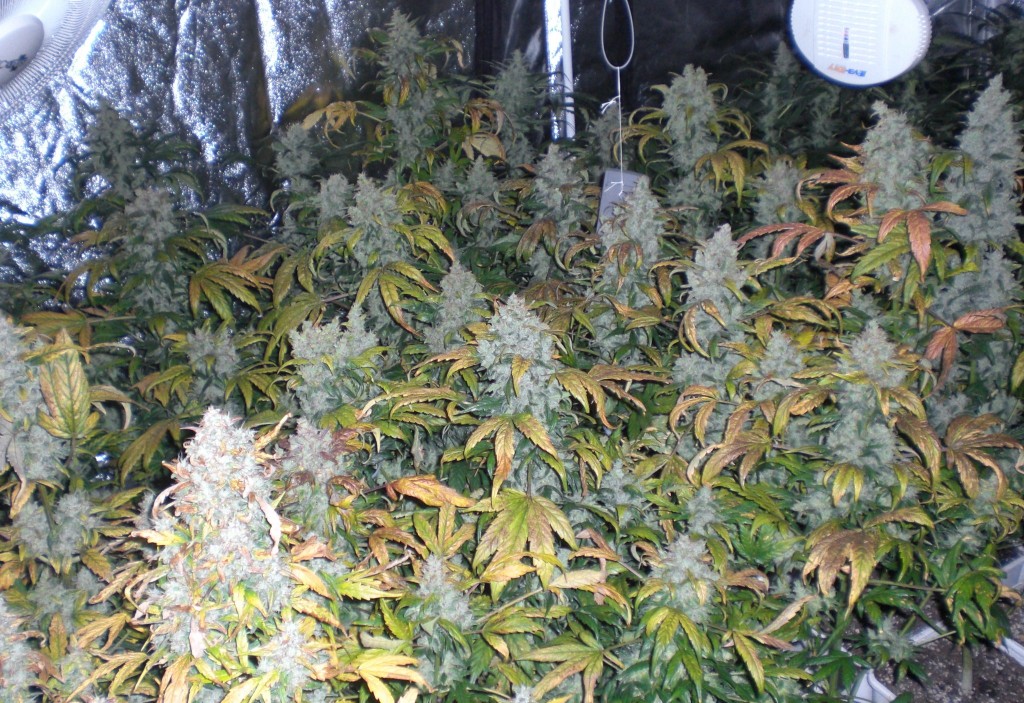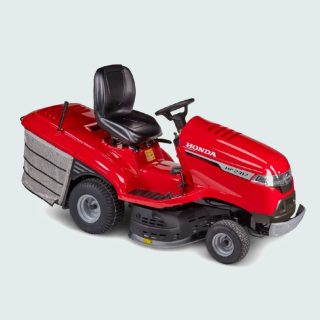Introduction:
Autoflowering cannabis cultivation has attained immense attractiveness among Canadian growers because of to its swift progress cycle and somewhat hassle-free mother nature. Even so, like any cultivation endeavor, it will come with its possess set of issues. From pest infestations to nutrient deficiencies and environmental stressors, Canadian growers face various obstructions on their journey to a productive autoflower harvest. In this detailed guide, we will delve into these worries and supply actionable remedies to guarantee a flourishing autoflower cannabis crop.
Understanding Autoflower Cannabis Cultivation:
Autoflowering cannabis strains are prized for their capacity to changeover from the vegetative stage to the flowering stage immediately, with out relying on modifications in gentle cycles. This exclusive trait will allow for quicker harvests and greater adaptability in escalating environments. Nonetheless, irrespective of their rewards, autoflowers are not immune to challenges that can impede their development and growth.
Common Issues Faced by Canadian Growers:
Pest Management:
Pest infestations pose a important menace to autoflower hashish cultivation in Canada, especially in indoor and out of doors options. Frequent pests incorporate spider mites, aphids, thrips, and whiteflies, which can quickly multiply and wreak havoc on your crops.
Remedy:
Utilizing proactive pest administration tactics is crucial for safeguarding your autoflower crop. This incorporates normal monitoring of vegetation for signals of infestation, introducing valuable bugs like ladybugs and predatory mites, and using organic insecticides as a very last resort. Additionally, retaining good airflow and cleanliness in your grow house can aid prevent pests from taking maintain.
Nutrient Deficiencies:
Nutrient deficiencies can arise when autoflowering hashish crops are not receiving enough amounts of important nutrition this kind of as nitrogen, phosphorus, potassium, calcium, magnesium, and micronutrients like iron and zinc. Canadian growers may experience nutrient deficiencies due to fluctuations in soil pH, lousy nutrient absorption, or improper feeding schedules.
Option:
To avoid and deal with nutrient deficiencies, it really is important to commence with superior-good quality soil or nutrient mixes particularly formulated for cannabis cultivation. Consistently Going Here of your soil or hydroponic remedy and modify as needed to sustain best nutrient uptake. Abide by a well balanced feeding agenda working with organic or artificial fertilizers designed for hashish vegetation, and supplement with micronutrients if essential. Also, incorporating compost teas or organic and natural amendments can make improvements to soil overall health and nutrient availability over time.
Environmental Stressors:
Canadian growers facial area a range of environmental stressors that can impact autoflower cannabis cultivation, which include temperature fluctuations, humidity imbalances, gentle pollution, and inclement weather problems. These stressors can stunt progress, minimize yields, and increase the risk of ailment and pest infestations.
Answer:
Producing a controlled atmosphere is critical to reducing the affect of environmental stressors on your autoflower crop. Indoors, commit in weather control products these types of as HVAC units, dehumidifiers, and supplemental lights to keep stable temperature and humidity degrees during the developing cycle. Outdoors, take into consideration making use of greenhouse constructions or cloth pots that provide some degree of safety from severe climate circumstances when continue to enabling for enough airflow and daylight publicity. In addition, using gentle deprivation methods can enable regulate flowering occasions and maximize yields, specifically in regions with shorter rising seasons.
Summary:
Autoflower hashish cultivation in Canada offers its very own exceptional set of difficulties, from pest administration and nutrient deficiencies to environmental stressors. However, with correct planning, vigilance, and proactive steps, these problems can be conquer to achieve bountiful harvests of significant-top quality autoflower buds. By utilizing the methods and strategies outlined in this guide, Canadian growers can make sure a prosperous and worthwhile autoflowering cannabis cultivation practical experience, irrespective of whether indoors or outdoor. Content developing!







Deja una respuesta